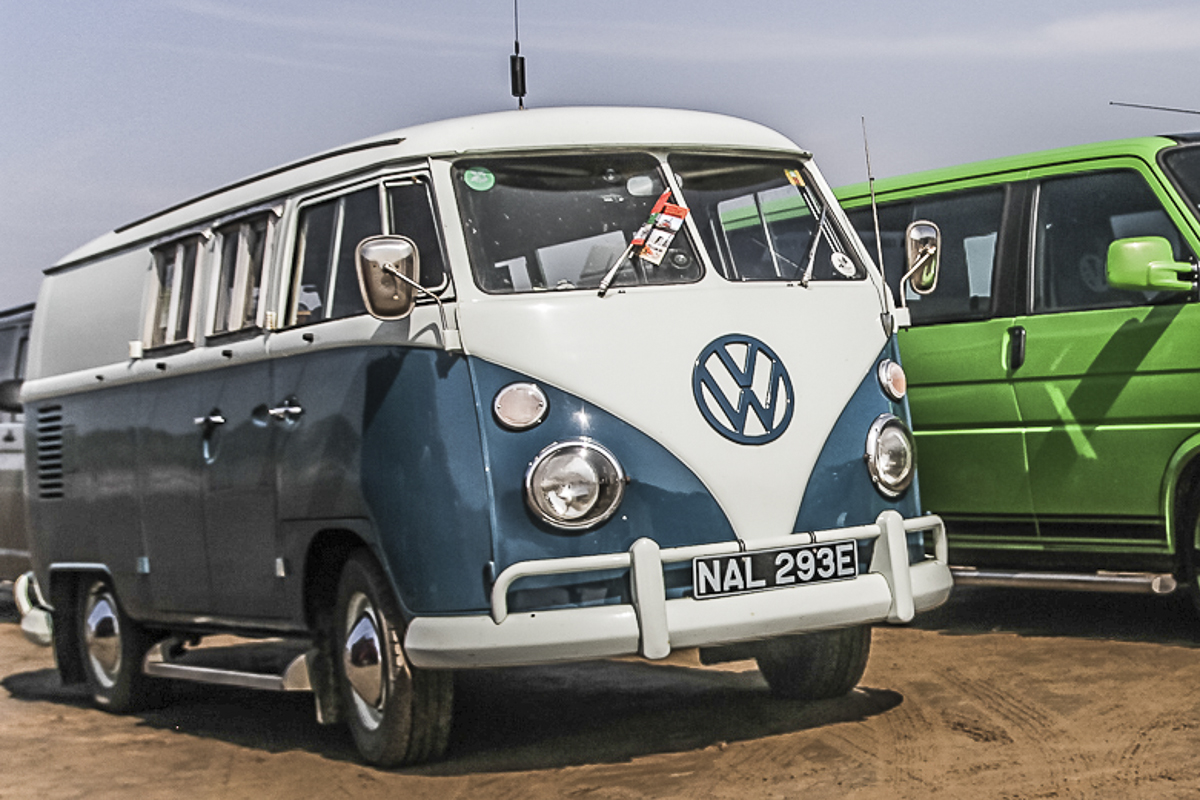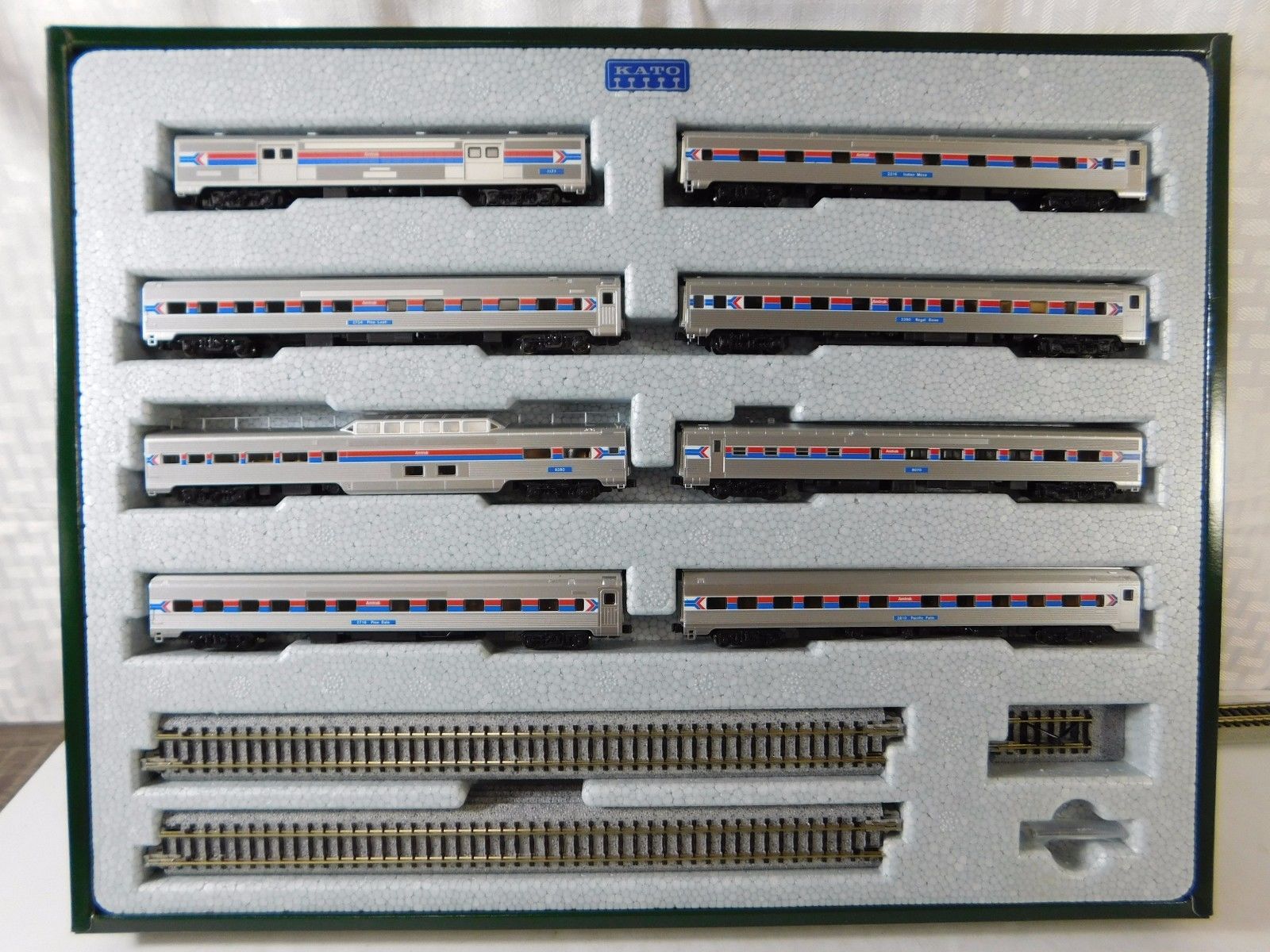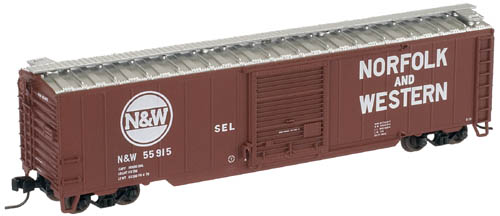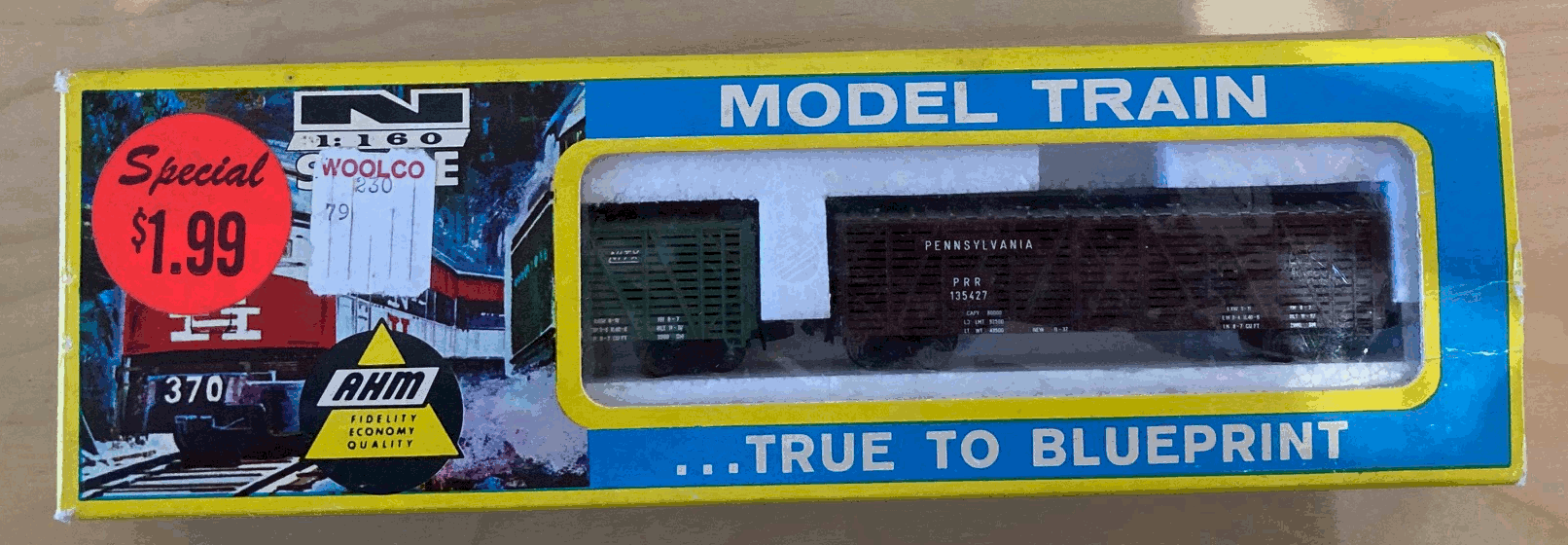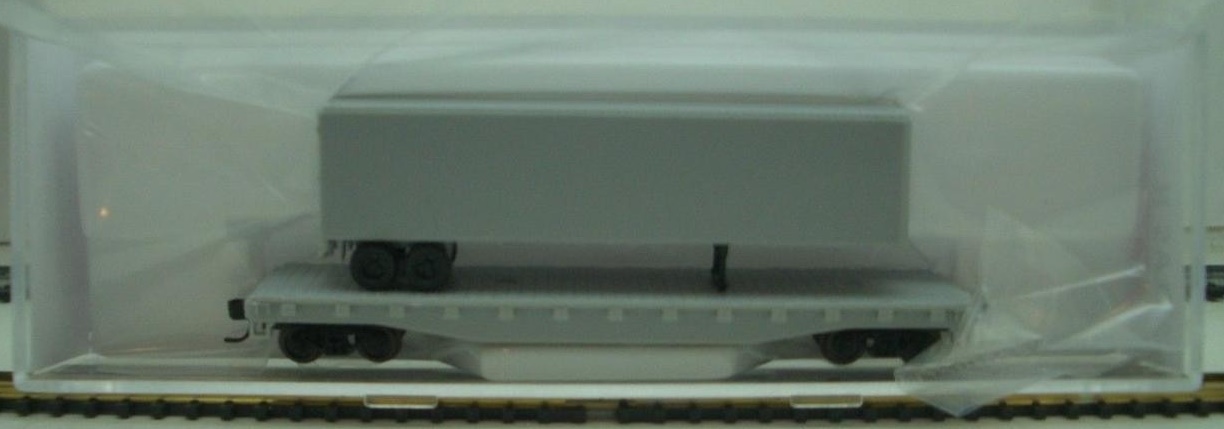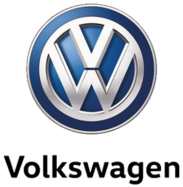History: The Volkswagen Type 2, known officially (depending on body type) as the Transporter, Kombi or Microbus, or, informally, as the Bus (US), Camper (UK) or Bulli (Germany), is a forward control light commercial vehicle introduced in 1950 by the German automaker Volkswagen as its second car model. Following – and initially deriving from – Volkswagen's first model, the Type 1 (Beetle), it was given the factory designation Type 2.
The original 1950s VW Transporter was named the 'T1', although it is also commonly known as the 'Splitscreen' or 'Splittie' (due to the split windscreen) and the 'Microbus'. The unique and distinctive Split-Screen design only features on the Type 2 T1 model. The two separate windscreens create a 'vee' shape at the front of the vehicle and was introduced to improve the aeordynamics. Early versions of the VW T1 featured a very large rear engine cover and, subsequently, they were often referred to as the 'Barndoor'. The design was changed in 1955. In the 1990s, VW retrospectively named this early model as the T1a.
Like the Beetle, the van has received numerous nicknames worldwide, including the "microbus", "minibus", and, because of its popularity during the counterculture movement of the 1960s, "Hippie van/bus".
Brazil contained the last factory in the world that produced the T2 series of Type 2, which ceased production on 31 December 2013, due to the introduction of more stringent safety regulations in the country. This (after the 2002 termination of its T3 successor in South Africa) marked the end of the era of rear-engine Volkswagens, which originated in 1935 with their Type 1 prototypes.
The original 1950s VW Transporter was named the 'T1', although it is also commonly known as the 'Splitscreen' or 'Splittie' (due to the split windscreen) and the 'Microbus'. The unique and distinctive Split-Screen design only features on the Type 2 T1 model. The two separate windscreens create a 'vee' shape at the front of the vehicle and was introduced to improve the aeordynamics. Early versions of the VW T1 featured a very large rear engine cover and, subsequently, they were often referred to as the 'Barndoor'. The design was changed in 1955. In the 1990s, VW retrospectively named this early model as the T1a.
Like the Beetle, the van has received numerous nicknames worldwide, including the "microbus", "minibus", and, because of its popularity during the counterculture movement of the 1960s, "Hippie van/bus".
Brazil contained the last factory in the world that produced the T2 series of Type 2, which ceased production on 31 December 2013, due to the introduction of more stringent safety regulations in the country. This (after the 2002 termination of its T3 successor in South Africa) marked the end of the era of rear-engine Volkswagens, which originated in 1935 with their Type 1 prototypes.
Railroad/Company: Volkswagen , shortened to VW (German: [ˈfaʊ̯ˈveː]), is a German automaker founded on 28 May 1937 by the German Labour Front under Adolf Hitler and headquartered in Wolfsburg. It is the flagship marque of the Volkswagen Group, the largest automaker by worldwide sales in 2016.
Volkswagen is German for "people's car", and the company's current international advertising slogan is just "Volkswagen", a reference of the name's meaning.
From Wikipedia
Volkswagen is German for "people's car", and the company's current international advertising slogan is just "Volkswagen", a reference of the name's meaning.
From Wikipedia
Item Links: We found: 1 different collections associated with Vehicle - Automobile - T1/2 Transporter
- Collection N Scale Model Trains: 1 different items.
Item created by: gdm on 2021-08-22 08:31:47. Last edited by gdm on 2021-08-22 08:37:50
If you see errors or missing data in this entry, please feel free to log in and edit it. Anyone with a Gmail account can log in instantly.
If you see errors or missing data in this entry, please feel free to log in and edit it. Anyone with a Gmail account can log in instantly.


